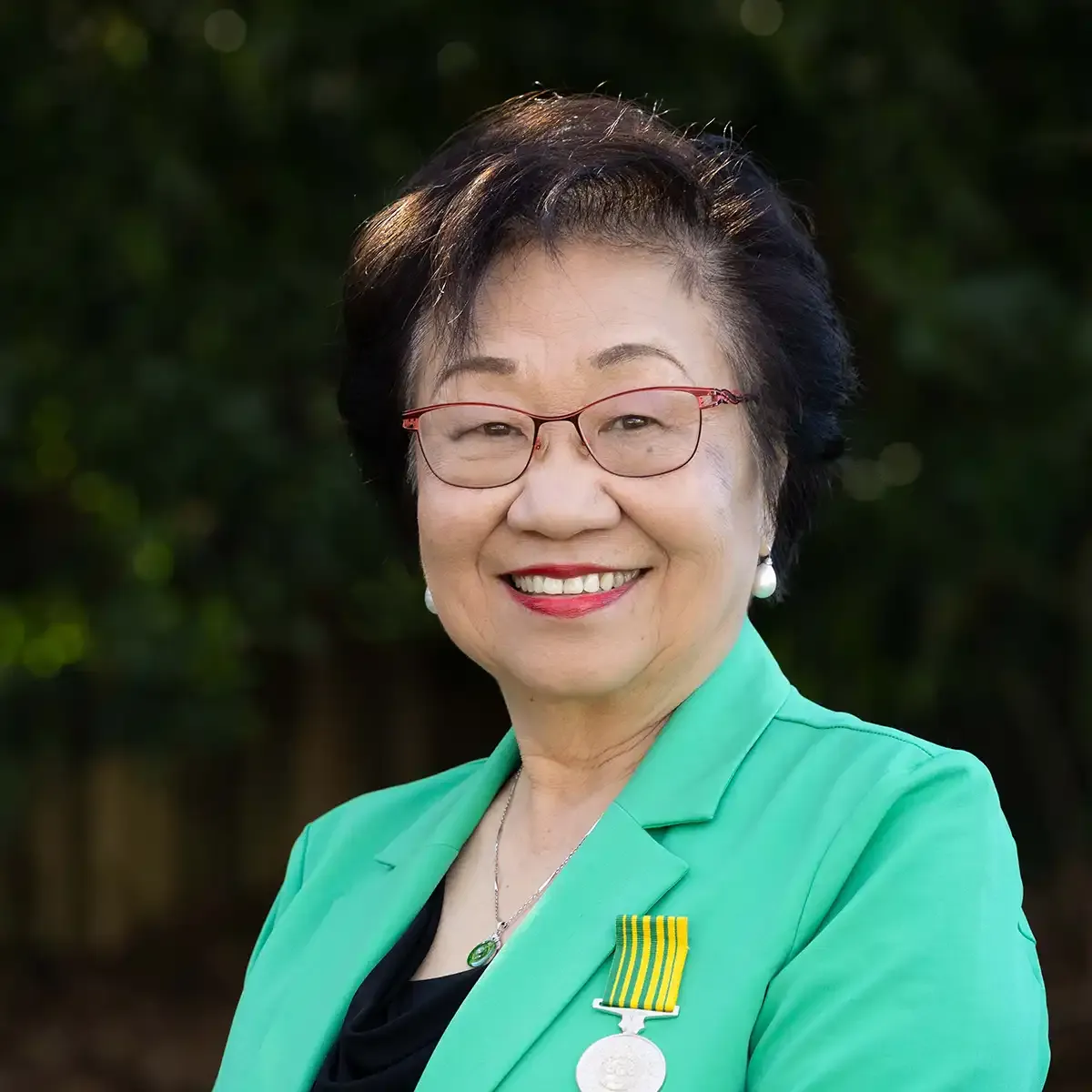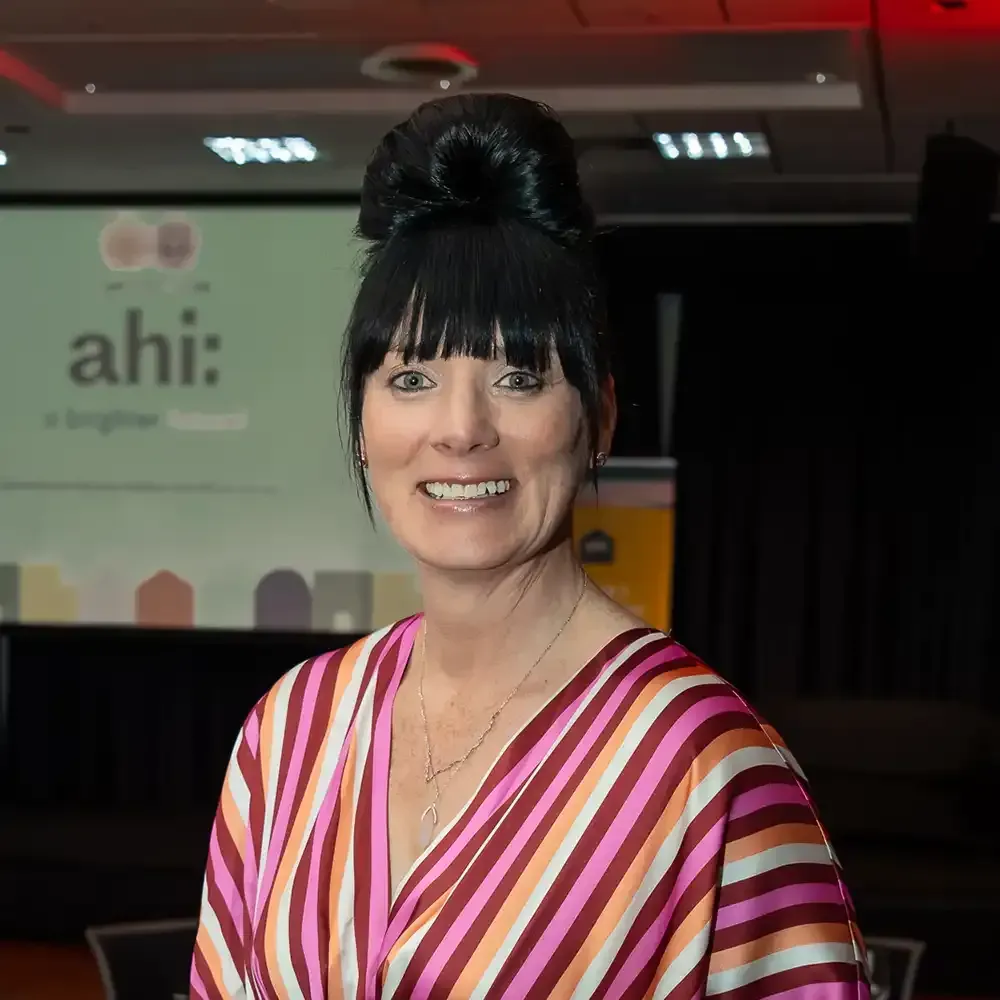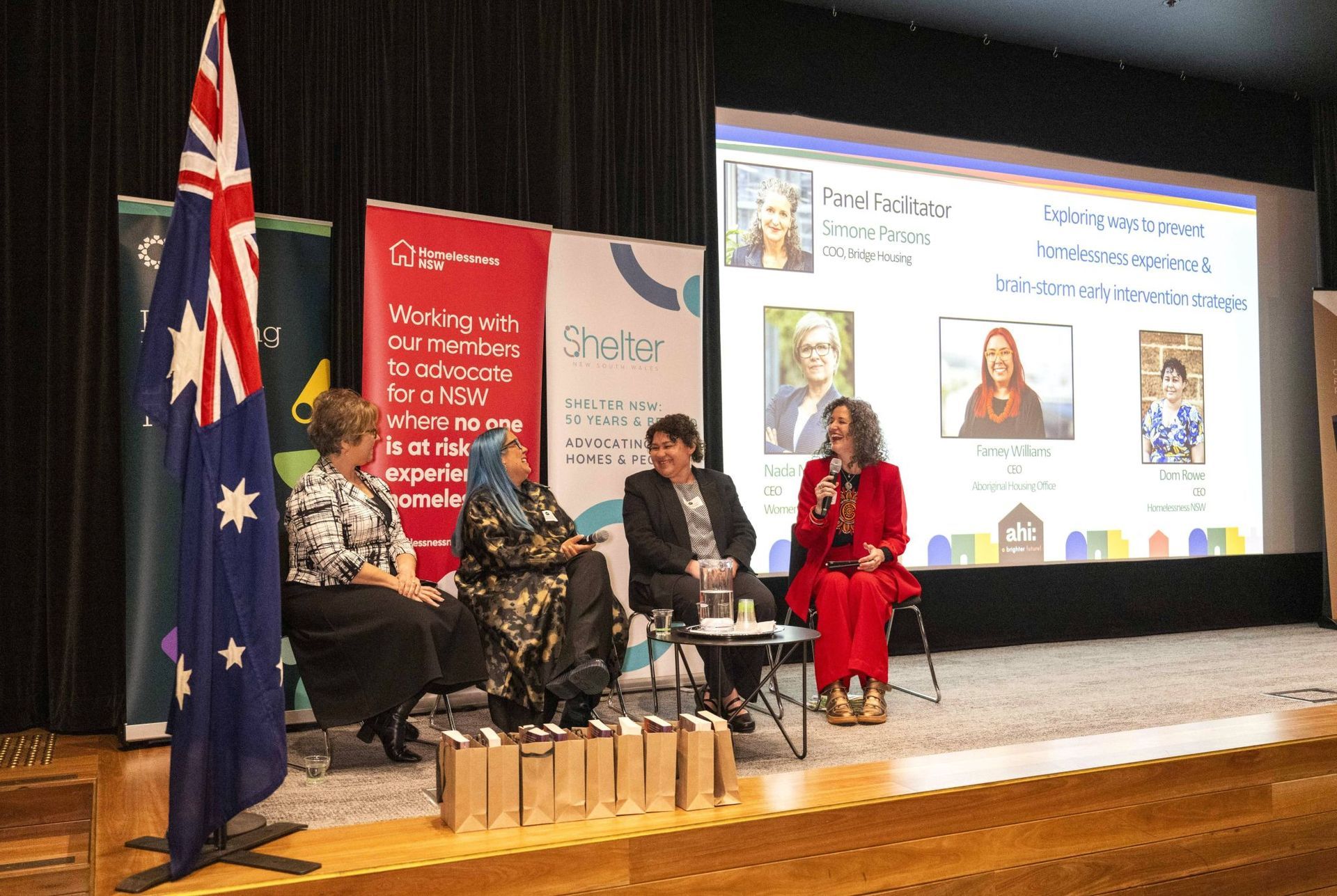It’s been quite a journey for social housing in Australia and Aotearoa New Zealand over the past 25 years (1999 to 2025). From policy shake-ups to workforce transformations, the sector has evolved significantly, and through it all, the Australasian Housing Institute (ahi:) has been a steadfast force in professionalising and strengthening the industry.
As long-time and life-time members of the ahi:, we've been granted the privilege of watching these changes unfold, as well as being part of the journey. With the ahi: now celebrating its 25th anniversary, we wanted to reflect on the Institute's impact and share our insights into how the sector has transformed.
Writing this article has been a wonderful opportunity to look back at the milestones, the key figures who have shaped the ahi:, and the way it has helped build a stronger, more skilled housing workforce. We hope this piece not only highlights the achievements of the ahi: itself but also inspires those working in the sector to continue striving for excellence.
Social housing’s transformation from the 1990s to now
The transformation of social housing from 1999 to today has been profound. From a system heavily reliant on public housing to a more diverse, partnership-driven approach, the landscape has evolved to meet new challenges. We know because we have been around the entire time!
However, with skyrocketing housing demand, affordability concerns and an increasing number of vulnerable Australians, the need for innovative, sustainable social housing solutions remains as pressing as ever. Policymakers and housing providers must continue adapting, ensuring social housing not only meets current needs but also provides lasting, meaningful support to those who rely on it the most.
Let’s take a look at how the sector has transformed, comparing key aspects from 1999 to the present day.
1. Supply and demand
At the turn of the century, public housing was still the dominant form of social housing, managed by state governments. Community housing was growing but remained a small part of the sector. Public housing stock had been in decline for years due to shifting government priorities and an increasing reliance on market-driven solutions.
Today, community housing providers manage a large proportion of social housing, often in partnership with government agencies. Funding models have changed, with an increasing emphasis on leveraging private sector investment to expand affordable housing options. Despite these changes, demand for social housing has surged, driven by rising housing costs, wage stagnation and an increase in homelessness.
2. Funding and policy approaches
In 1999, social housing funding was still governed by the Commonwealth-State Housing Agreement (CSHA), but this was beginning to be phased out in favour of more flexible, outcomes-based approaches. Public housing investment was reducing, and governments were encouraging the expansion of community housing as a cost-effective alternative.
Today’s funding landscape is far more complex. The CSHA was replaced by the National Affordable Housing Agreement (NAHA) in 2009, followed by the National Housing and Homelessness Agreement (NHHA) in 2018. These agreements aim to integrate housing and homelessness services more effectively. Additionally, contemporary funding mechanisms like the Housing Australia Future Fund Facility (HAFFF) reflect a broader push toward long-term investment strategies rather than direct public housing construction.
3. Tenant support and services
Tenant services in 1999 were still largely focused on providing basic tenancy management, with limited wraparound services. Public housing was seen primarily as a long-term safety net, with little emphasis on transition pathways or additional support services.
Today, social housing providers have embraced a more holistic approach, recognising that stable housing alone is not enough. Many housing organisations offer additional support services, helping tenants access education, employment and mental health resources. Trauma-informed approaches and tenant engagement strategies have become more common, improving long-term housing stability.
4. The role of the private sector
In 1999, private sector involvement in social housing was minimal. Most housing was government-managed, and there were few public-private partnerships in place. However, early discussions were beginning about leveraging private sector investment to increase housing supply.
Today, the private sector plays a crucial role in social and affordable housing. Models like build-to-rent, inclusionary zoning, and partnerships between housing providers and investors have helped to expand the availability of affordable housing. Governments now frequently work with developers and not-for-profit organisations to deliver housing solutions at scale.
5. The changing face of tenancy
At the turn of the century, social housing was still largely seen as permanent housing, with many tenants staying in public housing for life. Waiting lists were long, and turnover was relatively low, leading to an increasingly strained system.
The shift towards a more transitional model is evident today. While some tenants still require long-term support, policies now encourage pathways out of social housing for those who can transition into private rental or homeownership. Shorter tenancies and priority-based allocations are more common, particularly for people experiencing crisis situations such as domestic violence or homelessness.
6. Sector professionalism and workforce development
In 1999, social housing was largely seen as an administrative function within government agencies. There was minimal structured professional development, and housing management roles were often viewed as bureaucratic rather than as a specialised field requiring expertise. Training opportunities were limited, and there were few industry-wide efforts to build a skilled workforce.
Today, the social housing sector has become significantly more professionalised. Organisations such as the Australasian Housing Institute (ahi:) have played a major role in workforce development by providing training, accreditation and networking opportunities for housing professionals. There is now a stronger emphasis on formal qualifications, leadership development and career pathways within the sector. Training programs cover a wide range of essential topics, from tenancy management to trauma-informed care and housing policy advocacy.
The workforce has also expanded to include professionals from diverse backgrounds such as social work, community engagement, asset management and urban planning. The sector is being increasingly recognised as a specialised field requiring continuous learning and professional development to keep up with best practices and policy changes.
The role of the Australasian Housing Institute (ahi:)
The ahi: was born in 1999, thanks to the vision of Andrew Cappie-Wood AO, the then Director-General of NSW Department of Housing. He saw the need for a professional body dedicated to people working in social housing—one that would support their development, provide networking opportunities and raise the overall standard of service delivery.
The ahi: quickly expanded across Australia and New Zealand, and today, it’s the go-to professional association for those working in social, affordable and Specialist Homelessness Services (SHS). Over the past 25 years, the ahi: has worked tirelessly to build a more skilled, connected and capable housing workforce.
The Institute's achievements have been notable:
1. Professional development & certification
- The ahi: introduced the
Certified Professional (PAHIc) accreditation, setting clear pathways for career development and professional recognition.
- It has delivered
training for everyone from frontline staff to executives, covering everything from trauma-informed care to asset management and community engagement.
- Through a
mentoring program, the ahi: has helped new and emerging professionals gain insights from experienced leaders in the field.
2. Sector networking & knowledge sharing
- The ahi: hosts national and regional conferences, providing platforms for housing professionals to exchange ideas and innovations.
- The
Brighter Future Awards (held every two years, with 2025 being the latest awards year) shine a spotlight on excellence in the sector, celebrating both industry achievements and tenant-led projects.
3. Policy advocacy & workforce development
- The ahi: plays an important role in influencing government policy, providing expert consultation on workforce standards and service quality (see this recent
response to the Draft NSW Homlessness Strategy 2025-2035).
- It also supports research and advocacy to strengthen the skills of housing professionals and improve service delivery.
The Impact: A stronger, more skilled sector
By prioritising workforce development, the ahi: has helped
strengthen a professional and effective housing sector—one that delivers better outcomes for tenants and communities. Through training, networking and research, it has
reinforced the
capability of housing professionals, helping them adapt to evolving challenges like housing affordability, homelessness and tenant support.
Looking ahead, the role of the ahi: remains just as crucial. As the demand for social and affordable housing continues to grow, the need for a skilled, adaptable workforce has never been greater. With its commitment to professionalisation and excellence, the ahi: is well-positioned to lead the sector into the future.
A lot has changed in 25 years, and there’s no doubt that more transformation is ahead. But one thing is certain: the ahi: will continue to be a driving force in shaping the housing sector—supporting professionals, advocating for better policies and ensuring that social housing remains a key pillar of Australasian society.
Here’s to the next 25 years of innovation, collaboration, and progress in social housing!
















